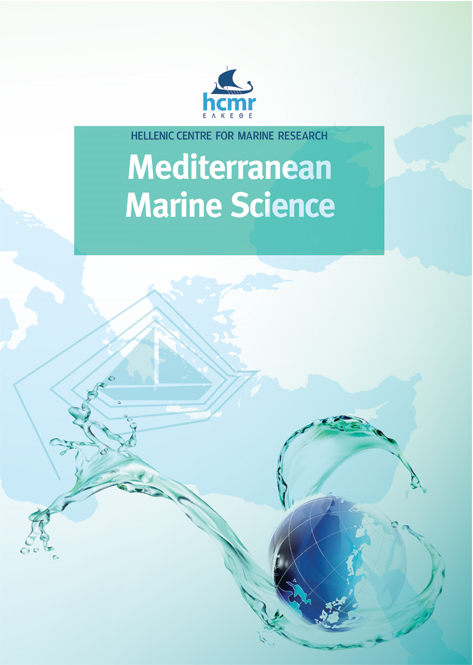Organochlorine Pesticides and Polychlorinated Biphenyls in Blue Crabs Callinectes sapidus (Rathbun, 1896) from Akyatan Lagoon in the Eastern Mediterranean Region of Turkey.
Аннотация
The aim of this study is to determine the levels of organochlorine-based pesticides and polychlorinated biphenyls in the edible muscle tissue of blue crabs Callinectes sapidus (Rathbun, 1896) that are harvested from Akyatan Lagoon in the Eastern Mediterranean Region of Turkey. The crabs were harvested in October 2010, January 2011 and March 2011. A total of fifty crabs were studied. A quantitative determination of residue levels was carried out through a Gas Chromatography-Electron Capture Detector (GC-ECD), and compared with acceptable contaminant levels. PCBs were the greatest source of contamination.. The predominant compounds were α-HCH, o,p’-DDE, PCB 28 (2,2',4,4'-PCB) and PCB 52 (2,2’,5,5’-PCB), with mean concentrations of 22.39, 59.45, 347.31 and 362.86 ng/gwet weights, respectively. The present work is highly significant and points out a chronic exposure to pollutants in Akyatan Lagoon. This ecosystem is protected under the Ramsar Convention (Convention on Wetlands of International Importance, especially as Waterfowl Habitat).
Article Details
- Как цитировать
-
KILERCIOGLU, B. G., CENGIZLER, I., DAGLIOGLU, N., & KILERCIOGLU, S. (2018). Organochlorine Pesticides and Polychlorinated Biphenyls in Blue Crabs Callinectes sapidus (Rathbun, 1896) from Akyatan Lagoon in the Eastern Mediterranean Region of Turkey. Mediterranean Marine Science, 19(2), 376–382. https://doi.org/10.12681/mms.15516
- Выпуск
- Том 19 № 2 (2018)
- Раздел
- Research Article
Authors who publish with this journal agree to the following terms:
- Authors retain copyright and grant the journal right of first publication with the work simultaneously licensed under a Creative Commons Attribution Non-Commercial License that allows others to share the work with an acknowledgement of the work's authorship and initial publication in this journal.
- Authors are able to enter into separate, additional contractual arrangements for the non-exclusive distribution of the journal's published version of the work (e.g. post it to an institutional repository or publish it in a book), with an acknowledgement of its initial publication in this journal.
- Authors are permitted and encouraged to post their work online (preferably in institutional repositories or on their website) prior to and during the submission process, as it can lead to productive exchanges, as well as earlier and greater citation of published work (See The Effect of Open Access).





